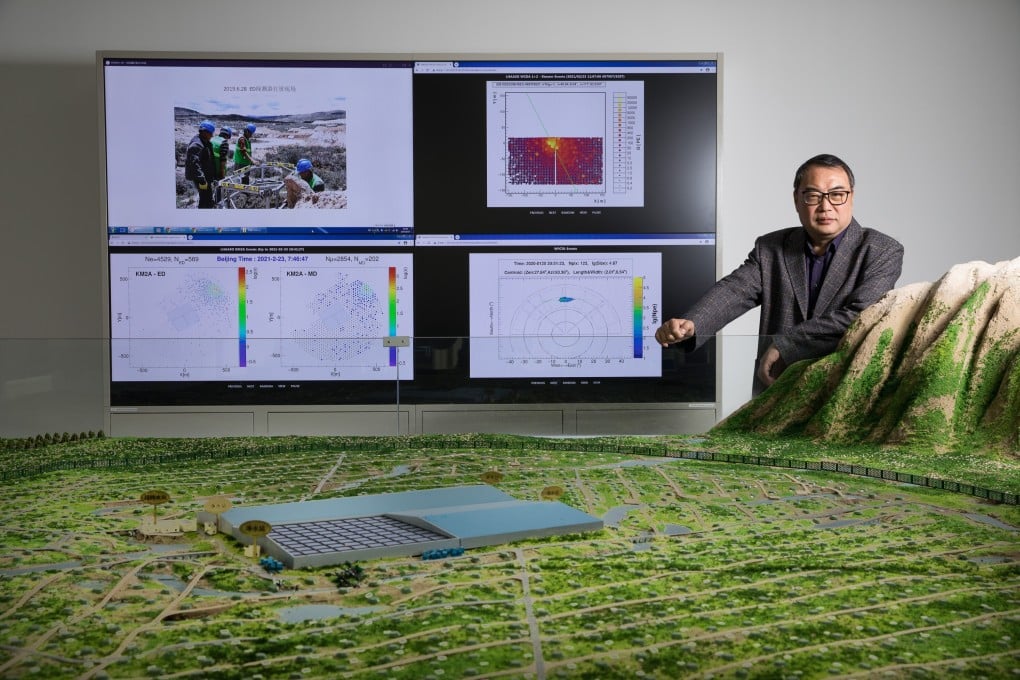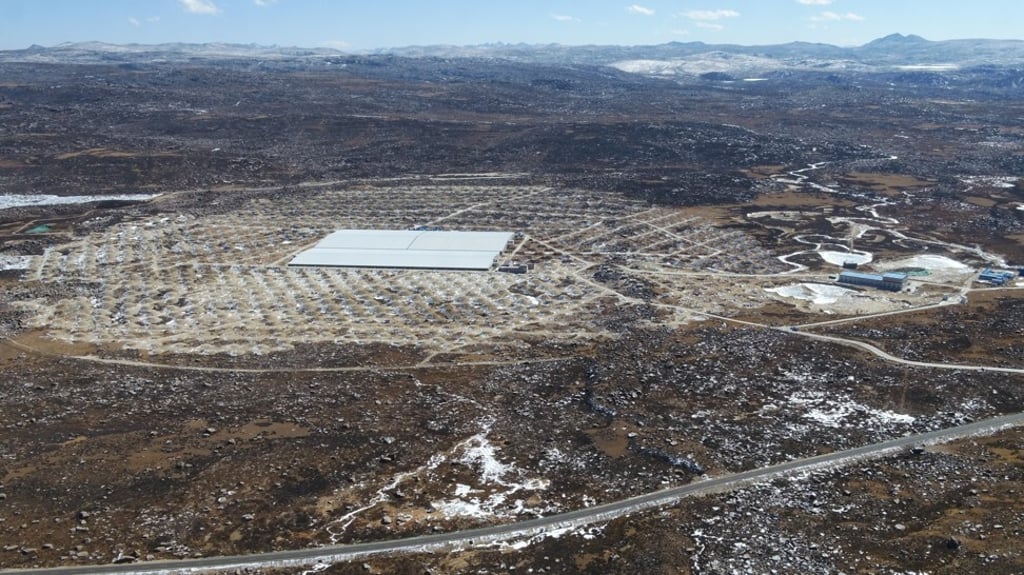‘Factory of discoveries’: China thinks big for massive science projects to explain the universe
- How large-scale research facilities helped China transform from making shoes and shirts to discovering cosmic ray and pulsars
- Not all Chinese scientists believe the huge projects are worth the mammoth expense

Never have there been so many of these costly, shiny, futuristic-seeming gadgets in one place – 1,188 muon detectors, 4,901 electromagnetic particle detectors, 78,000 square metres of water Cherenkov detector array and 18 wide-angle gamma-ray telescopes.
On Monday, researchers from Lhaaso announced the detection of the brightest cosmic light that, by the law of physics, should not exist. More importantly, Lhaaso helped Chinese astronomers discover in less than a year over a dozen mysterious sources in our galaxy that were constantly producing impossibly energetic cosmic rays known as “Oh-My-God” particles.

“It opens a window to a brand new world,” said Cao Zhen, lead scientist of the Lhaaso project.
Not long ago, to most people outside, China was a world factory for making cheap products. Even within the country, there remains a popular saying: “We make 800 million shirts to buy a Boeing jet plane”.